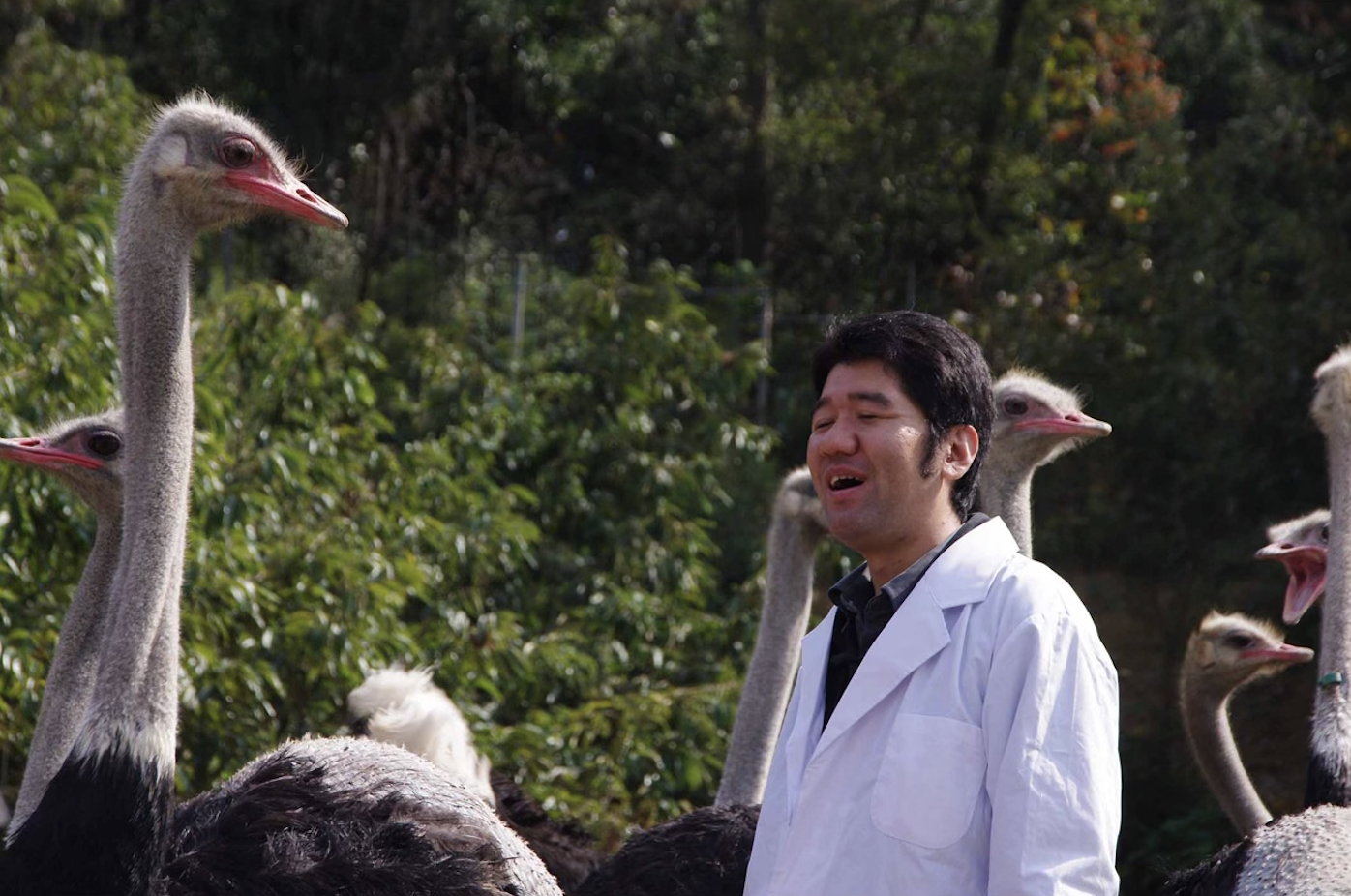These Masks Made of Ostrich Eggs Light Up If You Have COVID
December 10, 2021In the two years since COVID-19 has swept across the world, a number of goods have made it into our pandemic-fighting repertoire.
The most recent item to potentially join the list is a mask that can light up if traces of the virus are detected. Its secret ingredient? Ostrich eggs.
A team of scientists at Japan’s Kyoto Prefectural University has created a fluorescent dye that glows under ultraviolet light if it detects the virus that causes COVID-19. The solution is made up of antibodies extracted from ostriches’ eggs that would react to the spike proteins on the coronavirus and activate the dye.
The researchers sprayed mask filters with the dye to create what is effectively a personal COVID-19 test kit, hoping that it could widen the scope of testing in a country where everyone wears a mask when they go out.
“It’s a much faster and direct form of initial testing than getting a PCR test,” Yasuhiro Tsukamoto, the lead scientist and president of Kyoto Prefectural University, told VICE World News.

He added that it could potentially help detect asymptomatic carriers of the virus, who may not get tested because they feel healthy. However, his team has yet to conduct large-scale testing of the mask filters or secure necessary government approval for mass production.
As an ostrich researcher for over two decades, Tsukamoto has led numerous studies that utilize an ostrich’s natural properties. He’s previously made masks that help prevent swine flu and products that assist hair regeneration, also using antibodies from ostriches. He said that this most recent mask helped him detect his own COVID-19 infection.
“I was wearing the mask to test the product and realized that it lit up. So I went to get a PCR test and, sure enough, I was positive, and had to be quarantined at a hotel,” he said.
To discern if the mask picked up the coronavirus, Tsukamoto explained, a user can put it under ultraviolet light or blue light generated by devices such as a smartphone to check for fluorescent glow.
Extracting antibodies from animal cells isn’t a new process. Horses have been used to produce antisera, a blood serum containing antibodies to fight infective or poisonous substances.
To make each mask, Tsukamoto’s team of scientists injected inactive COVID-19 particles into female ostriches using syringes. Scientists then extracted antibodies from the eggs the ostriches laid later on, as antibodies transfer to the offspring through the yolk.
But using ostrich eggs, the biggest from any animal in the world, is particularly useful for Tsukamoto.
An ostrich egg yolk, nearly 24 times bigger than that of a chicken’s, allows greater room for antibodies to form. Antibodies also form far more quickly in these birds—it takes a mere six weeks, as opposed to a chicken’s 12.
But extracting antibodies from animals for scientific research has been criticized as a form of abuse.
International animal rights group People for the Ethical Treatment of Animals (PETA) has previously released photos inside such antibody farms in Seattle and San Diego, likening living conditions to those of factory farms.
Last May, the European Union also recommended an end to such antibody testing. Nearly one million animals are used to produce antibodies every year in the E.U. “Not only is this number high but the procedures employed often cause severe suffering,” it stated.
But Tsukamoto asserts that no animals are hurt in antibody extraction for his masks. “I’m a veterinarian, so I would hate to do anything that harms animals,” he said.
Unlike the process of taking antibodies from rodents or rabbits, which can require cutting the animals’ throats to extract their blood, effectively killing them, Tsukamoto simply removes antibodies from unfertilized laid eggs—eggs that cannot hatch. His process also only requires that ostriches receive a single shot of inactive COVID-19 particles.
“No animals are bullied or killed in the process,” he said.
